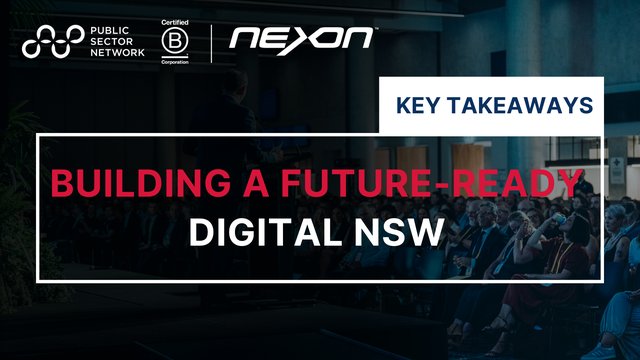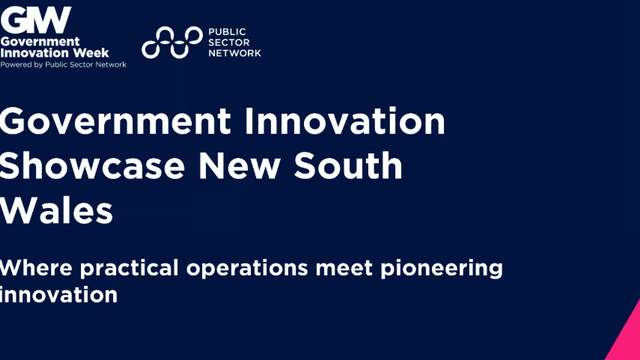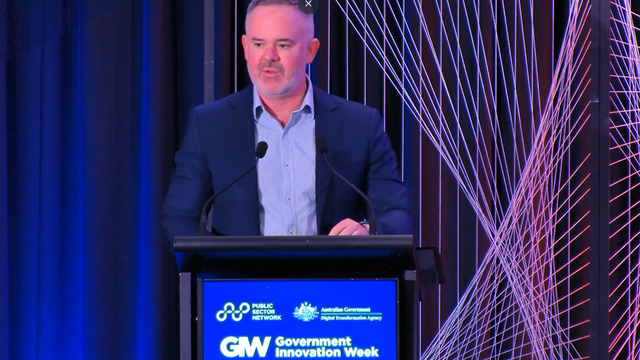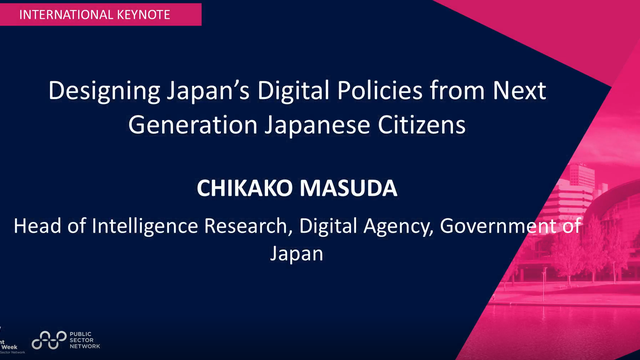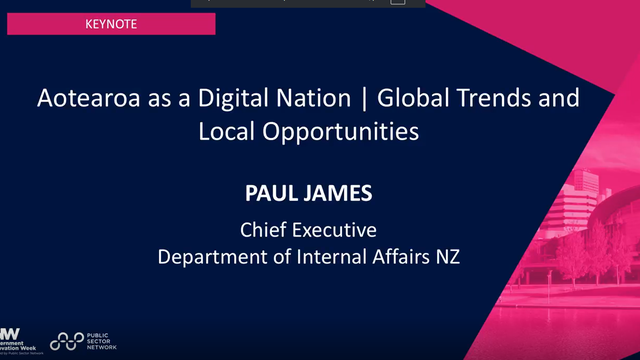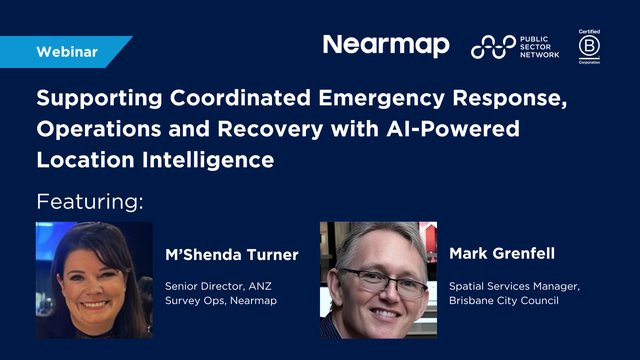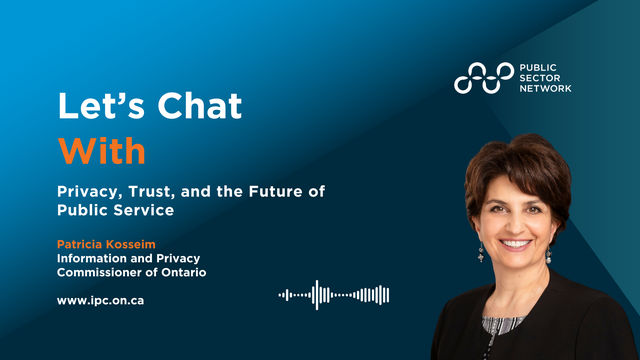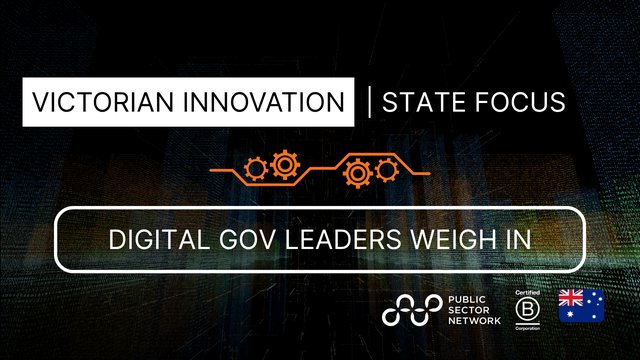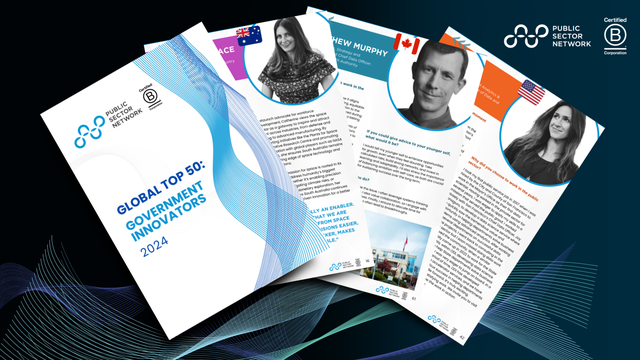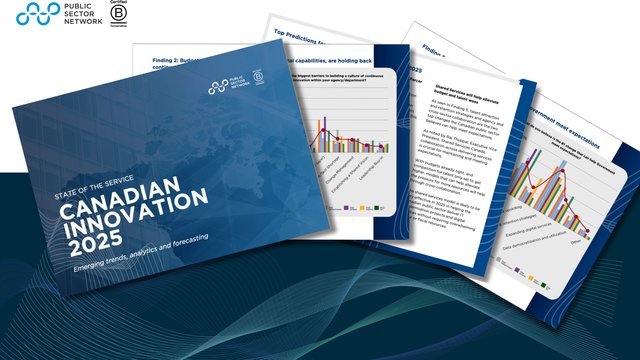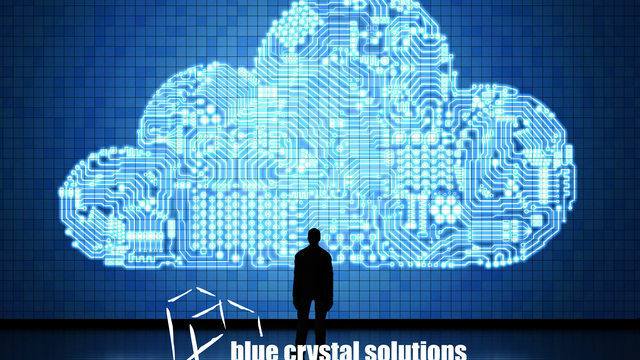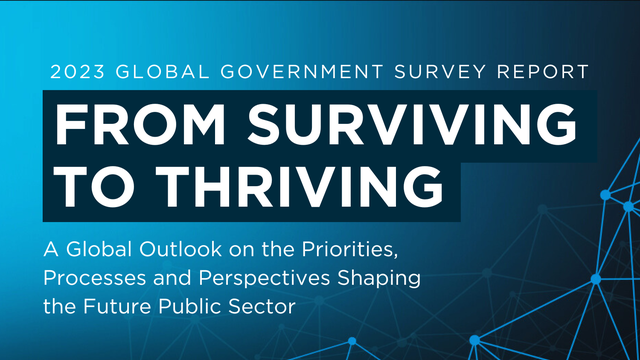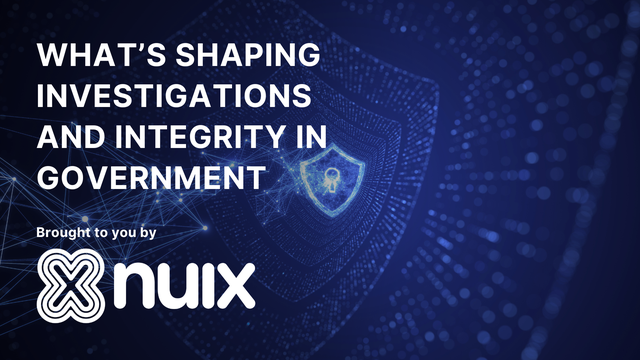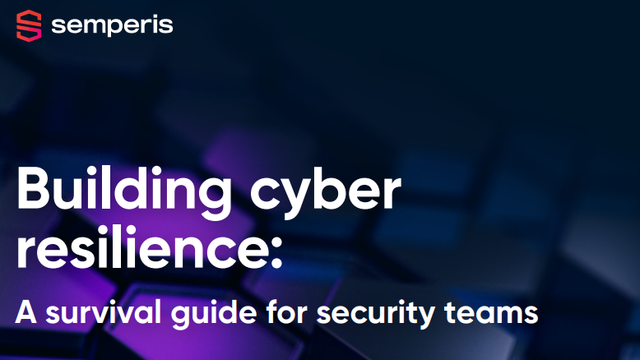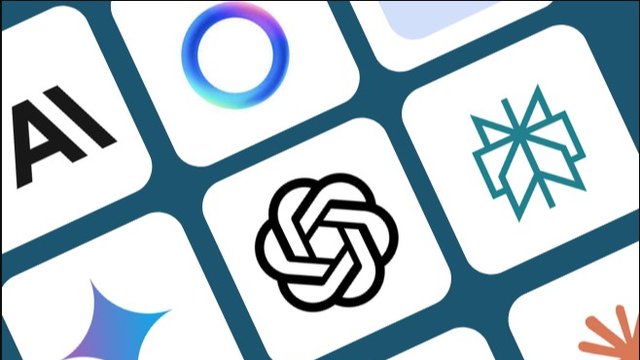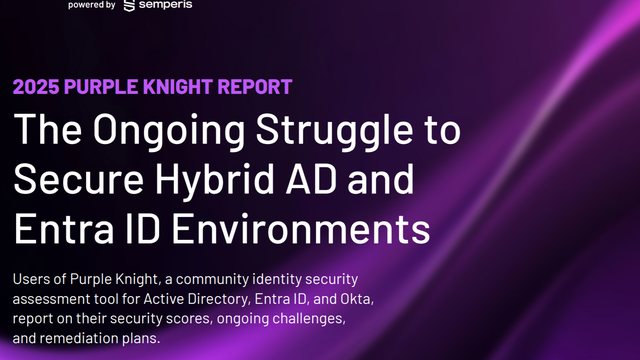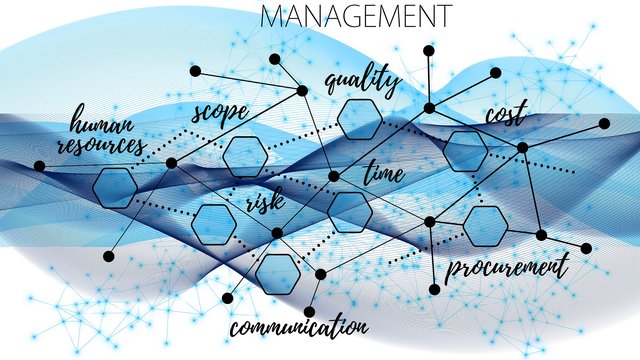

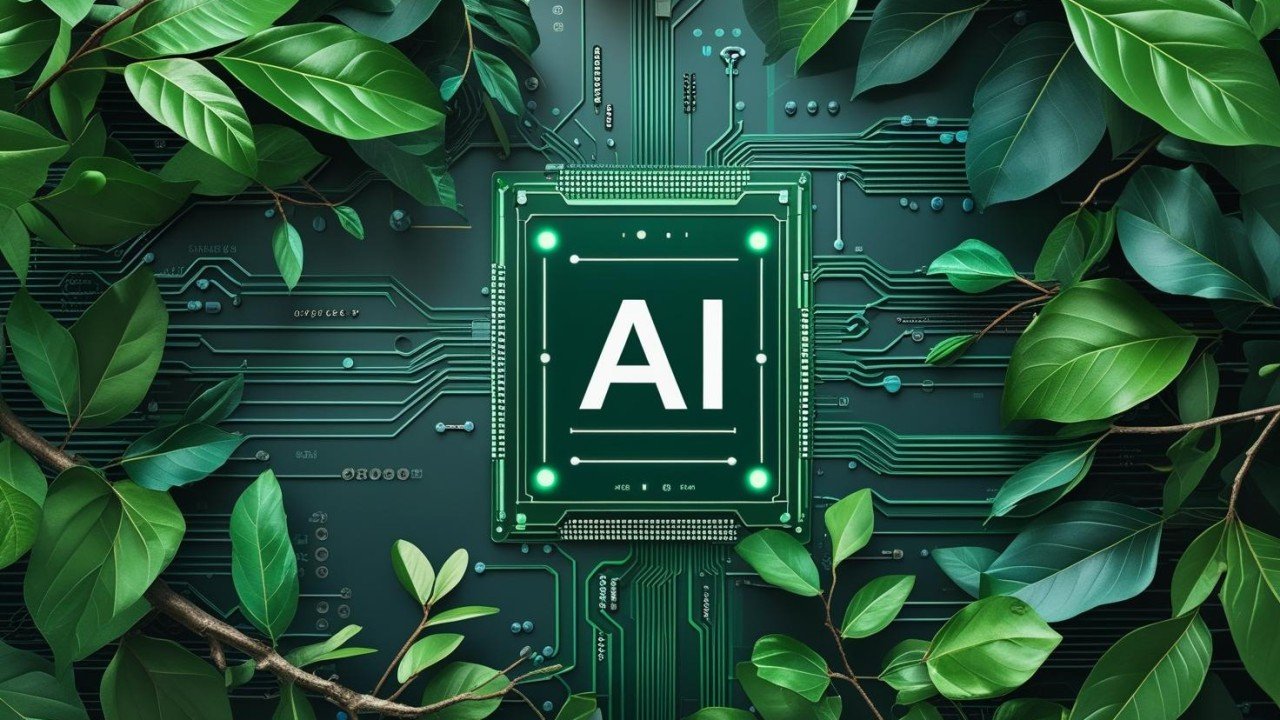
While the commercial benefits of AI are clear—boosting productivity, unlocking innovation, and automating tedious tasks—the energy demands and sustainability implications of this powerful technology are harder to ignore.
"Back in 1990 when I started my first proper job with computers I was given a tour of the computer room. It was amazing stuff, rows of giant cabinets, flashing lights, reel-to-reel tape drives, and huge air conditioners. It required an incredible amount of energy to both power and to keep everything cool, which incidentally included milk for the operators’ tea which they kept on a shelf inside the mainframe.“, Ian Thorp, Enterprise Architect, Trideca.
We've come a long way since then. Decades of innovation delivered tremendous gains in computing efficiency. However, with the widespread use of GPUs and the rapid expansion of AI, it feels like efficiency is no longer as much of a priority and there are growing concerns at the consequences of the rising demands on energy grids from AI.
Eric Schmidt ex CEO of Google stated at a recent US Congress hearing stated that the USA needs an additional 90 Gigawatts of power to support AI, equating to 90 nuclear power plants. With outlandish predictions of AI using 99% of global power and a huge number of data centres to accommodate demand, I decided to try and find out what really is the environmental impact of AI.
AI presents a complex challenge for business leaders. On one hand, companies face growing scrutiny from investors, customers, and employees regarding their approach the environment. On the other, there are compelling reasons to harness AI’s potential to drive productivity and capitalise on emerging opportunities. Additionally, employees are pressuring organisations to provide access to AI tools that can allow them to concentrate on more meaningful work, such as reducing those painful repetitive administrative tasks.
No Surprise. Big Computers Use a Lot of Electricity
From even basic research, there is no doubt that AI uses a lot of energy. When comparing a user making 10 Google searches to one making 10 AI prompts per day, there is a significant increase in both of energy and water usage. Let’s however bear in mind that AI is doing a lot more than the average internet search to find a list of coffee shops.

Training large AI models requires extraordinary computational resources and comes with significant energy demands. A single training run for a large language model like GPT-4 is estimated to consume approximately 700,000 kWh of electricity, producing CO₂ emissions equivalent to 125 round-trip flights between Sydney and Melbourne.
Australian data centres consume approximately 4% of the nation's electricity, with AI operations representing a growing share of this demand. In states where the energy grid still relies heavily on coal, the emissions impact of AI workloads hosted locally is particularly significant.
The specialised hardware powering AI, such as GPUs, uses substantial resources to manufacture, including rare earth minerals, precious metals, and water. The production of a single AI accelerator chip can require thousands of litres of water and generate significant emissions. However, AI technology is not unique in this regard; the manufacture of all advanced technology components, including the laptop or phone you are reading this on, is resource intensive.
The rapid pace of AI advancement exacerbates the e-waste challenge, as AI components becoming obsolete much quicker than other technologies due to the industry still being in a phase of rapid development.
Can AI help solve environmental issues?
The environmental impact of AI’s energy use can be offset by applying the technology to solve environmental challenges. One of AI's most immediate environmental benefits comes from its ability to optimise complex systems, reducing resource consumption and waste across operations. For example, in agriculture, AI-enabled tools are helping Australian producers to make substantial reductions in water usage while maintaining or improving yields.
AI systems are used to analyse satellite images to detect early signs of drought, predict bushfire risk with improved accuracy, and monitor coastal erosion patterns. CSIRO's AI-enhanced Earth observation systems track land use changes across Australia, supporting conservation and sustainable development planning.
The Queensland government uses AI to predict coral bleaching events on the Great Barrier Reef. Early detection has allowed for early intervention helping preserve hundreds of hectares of the reef.
AI is compressing research timelines for breakthroughs in sustainability research. It is being used to discover and design novel materials for batteries, solar panels, carbon capture technologies, and biodegradable plastics.
What can businesses do?
Firstly, think strategically.
While today's AI systems are resource intensive, the underlying technology behind AI is evolving quickly. Just as the mainframes of the 1990s consumed more electricity than a large house–yet offered less computing power than today's basic smartphone–AI platforms will become much more efficient. In the meantime, there are practical steps business should consider:
- Selecting providers and partners with strong sustainability credentials and energy efficient services and hardware.
- Evaluate AI projects, prioritising those where the potential environmental or societal benefits significantly outweigh their own operational footprint.
- Incorporating AI environmental impacts into broader ESG reporting.
- Establish usage guidelines that balance capability with environmental impact.
- Considering location of workloads bringing compute closer to data and using data centres with higher sustainable power sources.
- Choosing right sized models for specific tasks.
- Caching common queries to avoid repeated use of the same prompt.
- Adopt architectures that are efficient and optimised for the task.
Organisations and IT leaders should cultivate awareness of the energy implications of different AI model and tools. There should be encouragement to opt for efficient tools and advocate for green computing practices within their organisation.
Technology Innovation will help
Next-generation AI chips will deliver 5-10x better performance per watt, dramatically reducing energy demands. Breakthrough algorithms are achieving comparable results with up to 60% less computation. Meanwhile, data centres are rapidly transitioning to renewable energy sources, progressively decarbonising AI operations even as usage expands. This convergence of hardware efficiency, algorithmic innovation, and clean energy adoption will make tomorrow's AI both more powerful and substantially more sustainable.
Agentic AI systems and intelligent swarms represent a transformative leap in both capability and sustainability. These coordinated networks of AI agents could unlock unprecedented system-wide efficiencies across energy grids, transportation networks, and industrial operations, optimising resources in real time. Early research indicates that fully developed agentic systems could reduce energy consumption, highlighting their potential to drive significant environmental and economic benefits.
Federated Learning allows AI models to be trained on decentralised datasets located on local devices without moving the data itself, reducing data transmission costs and potentially the associated energy cost.
Knowledge Graphs introduce a semantic layer to AI training and inference. By mapping the relationships and meanings of concepts within documents and queries, they can guide model training more intelligently and selectively, focusing on meaningful patterns rather than brute-force pattern recognition. This results in models that are more accurate, context-aware, and data-efficient, ultimately lowering the need for excessive computation and enhancing training efficiency.
Sophisticated AI Orchestration through platforms like Trideca’ s Ilúvatar AI Fabric optimise AI solutions by combining a knowledge graph and the selective use of Small language Models, Machine Learning and even existing platform services to optimize resource consumption. Why use a monolithic Large Language model to generate a score, when you could use a very efficient Machine Learning algorithm, an interface to a pre-existing calculation API or a cut down Small Language Model to achieve the same output?
In Summary
AI’s Energy Future: Balancing Innovation with Sustainability
As with every major technological revolution, experience shows that a combination of research breakthroughs, economic incentives, and environmental constraints consistently drives progress toward greater efficiency and scalability. The evolution of AI will be no different.
We are still in the early stages of AI’s development. Yet, the industry is already under pressure to do more with less—to deliver increasingly powerful models while minimizing resource consumption. Promising architectures like DeepSeek’s Mixture of Experts and approaches like Trideca’s own Ilúvatar AI fabric are paving the way, demonstrating that it’s possible to scale sophisticated AI efficiently without needing the energy budget of a small nation, making them significantly more energy-efficient than traditional brute force approaches.
To build a sustainable AI future, businesses should focus on five key principles:
- Define clear, measurable benefits for each AI initiative
- Select energy-efficient architectures from the outset
- Invest in sustainable, low-impact infrastructure
- Demand transparency in AI energy consumption and carbon reporting
- Prioritise AI applications that deliver tangible environmental gains
Integrating AI’s energy and carbon footprint into core corporate strategy is no longer optional—it’s a business imperative. By embracing sustainable AI practices, companies can ensure that innovation continues to thrive, without compromising the health of the planet.
Published by
About our partner

TRIDECA
Trideca shapes the world.After 10 years of innovating with some of Australia’s most recognisable brands as Appscore, we’ve rebranded as Trideca.We’re still independent, and we’re still financially strong. None of our contracts have changed or been impacted. Our team remains consistent—at the forefront of technology thinking in Australia.Passionate ExpertiseOur Australian-based team consistently operate at the forefront of strategy, data, and digital-led innovation. We embrace the expertise, passion and diversity of our team, partners and clients. We execute confidently and don’t charge our clients to learn as we go.Customer-FirstAt all stages of our client work, we consistently define, assess, and address evolving customer needs. We look beyond building code, we want to change how your customers engage with your business, both now and into the future.Strategy to OperationsWe partner with clients to create technology-driven opportunities, from strategy to development to operations. We move quickly, challenge assumptions, check in often and focus on delivering customer value.Sustained innovationWe create innovative solutions that sustain business impact. We leverage emerging technologies and flexible architectures to create best-practice solutions, that are resilient to future environments.ServicesStrategyWe’re original thinkers, advising on strategy and mapping rapid digital enablement and transformation backed by real technical mastery.DataWe’re data architects, aligning data solutions with business needs for pragmatism over purity and uplift over uncertainty.EngineeringWe’re engineering pioneers, with onshore teams, rapid sprints, and robust governance for speed to market—with zero technical debt.Emerging TechWe help enterprises develop and execute the most effective strategies to leverage current and emerging AI, Deep Learning, Agent & CoPilot technologies.
Learn more


